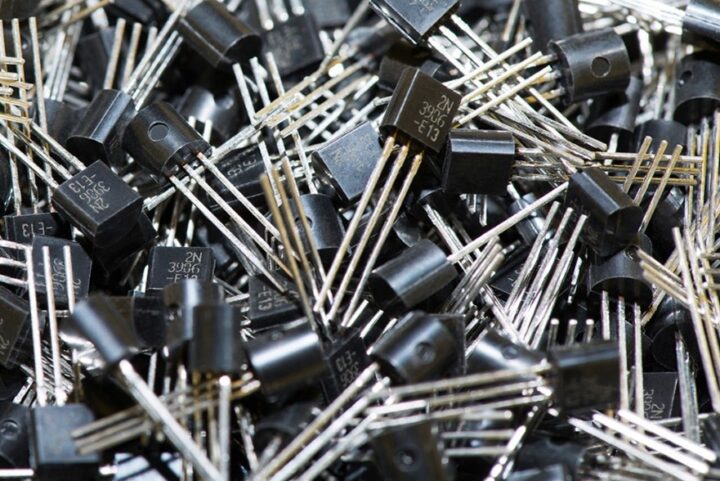Currently, energy applications requiring greater and more optimized electrical energy conversion are becoming increasingly common, such as in smart grids and transportation energy. In this context, power electronics play a significant role, being used in approximately 30% of electrical energy generation processes. However, the equipment currently used for this purpose presents several drawbacks, such as energy losses during the conversion process.
Regarding this, silicon is a well-established semiconductor in this area, as it meets the necessary energy conversion requirements. However, it is known that devices based on wide bandgap (WBG) semiconductors represent an improvement in power electronics. Within the available materials for this purpose, diamond properties are superior to those of other semiconductors.
Building on the advantages of diamond as a superconducting material, researchers at the University of Cádiz (UCA) have developed a series of components to be used in power electronics systems:
- Interdigitated diamond junction field-effect transistor (INTERJFET): This solution employs innovative treatment techniques, such as lateral and selective growth of doped diamond layers. Combined with the interdigitated structure, this approach maximizes channel density.
- Diamond metal-insulator-semiconductor field-effect transistor (MISFET): This technology uses a completely novel activation mechanism based on the combination of standard processing with selective regrowth of epilayers. It also includes the use of an optically activated gate channel, employing IR LEDs.
- Diamond supercapacitor: This component comprises a multilayer structure doped with boron and nitrogen, featuring an n-type doped homoepitaxial diamond coating. This design utilizes lateral growth to prevent dielectric breakdown.
Additionally, the research team has developed and optimized the manufacturing processes for all three components.
The described technologies are in an advanced stage of research, with theoretical studies and simulations confirming their suitability for high-power applications. Although the final prototype has not yet been manufactured, the results obtained so far validate the theoretical approach and its potential to operate under high voltage and temperature conditions. The next steps for the UCA team include building said prototype and conducting experimental validation, which are expected to confirm the theoretical predictions and enable their implementation in industrial applications.
Benefits:
- Resistance to high temperatures, making them suitable for operation in extreme conditions.
- Reduction of costs and time associated with manufacturing processes.
- Improved energy efficiency of systems in aspects such as energy density, power, and efficiency.
The represented institution is looking for a collaboration that leads to commercial exploitation of the presented invention.
Institution: Universidad de Cádiz
TRL: 3-4
Protection status: Patent Application.
Contact: Carlos G. Gredilla / c.gredilla@viromii.com

